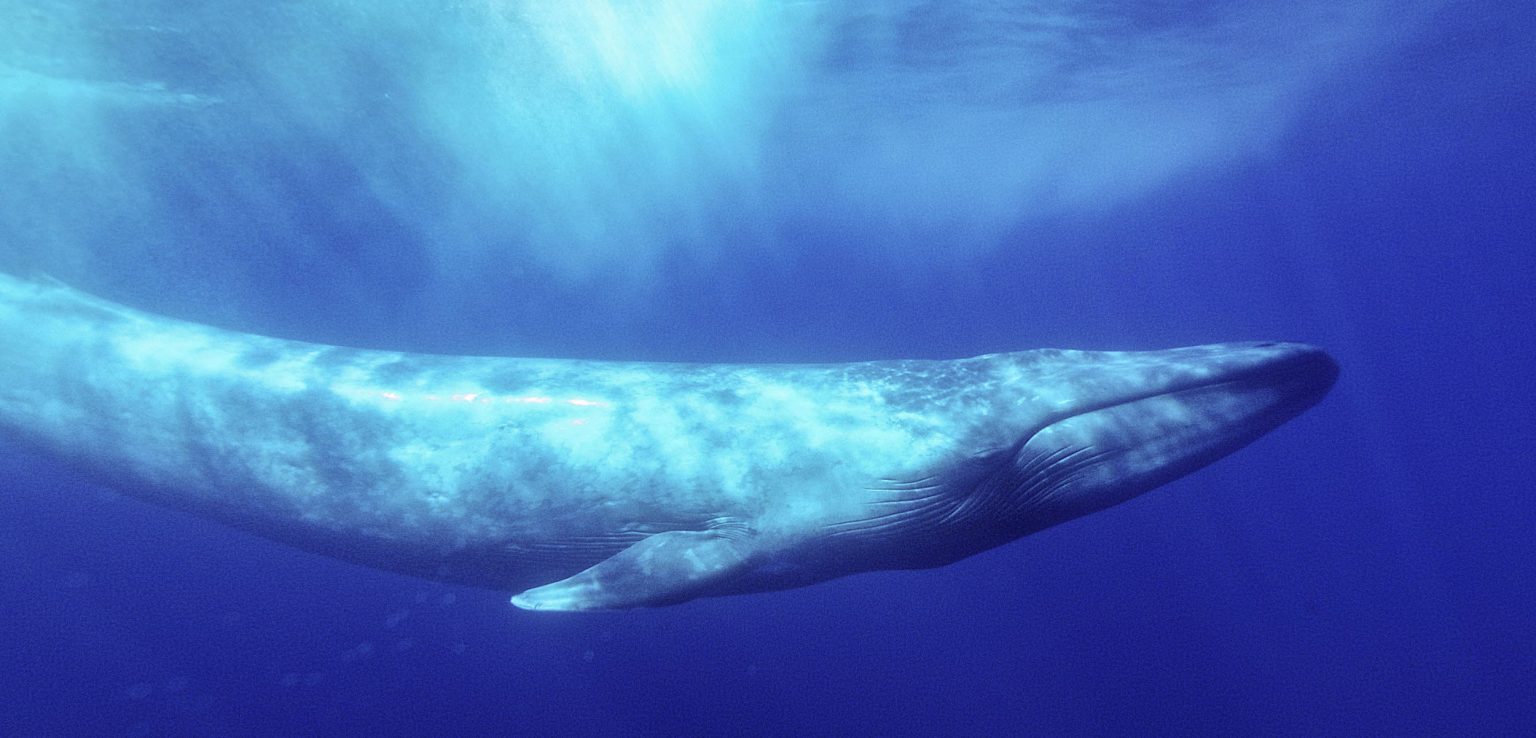Surprise! Southern Resident Orca make an Appearance!
Over the past weekend on April 4th, Southern Resident Orca (fish-eating) were observed at the north end of Georgia Strait and were making their way southward. On April 5th, these Orca were last seen off Nanoose Bay. The pod included over 20 individuals and members of J-pod were identified among these Orca. This group of Orca is endangered and has been of great concern to scientists as their population has been decreasing over the past few years, numbering close to 70 individuals.
Transient Orca (mammal-eating) were observed in many waterways and inland channels. On March 27 and 28, a pod of Transient Orca travelled into Burrard Inlet passing downtown Vancouver and they proceeded up Indian Arm. Orca seem to come into the Vancouver area a few times each year and they always delight those who manage to catch a glimpse of them. Transient Orca in other areas were seen hunting and breaching. A larger group of 14 Transient Orca -which is rare- formed up about 2 weeks ago but did not remain long together splitting up part-way through the day. Many other Orca sightings were reported to us but they remain grouped as Unidentified Orca without photos to confirm their identity.
One Grey whale was reported off Saratoga Beach/Oyster River area about 2 weeks ago and over the past weekend, two Grey whales were reported near Comox; they were probably a mother and calf pair. There were a number of Pacific White-Sided dolphin pods observed with the largest pod numbering around 50 members. Rounding our report are a few sightings of Dall’s porpoises and Harbour porpoises. Both types of porpoises were seen in Sechelt Inlet which is rare.
With Spring upon us, renewal of life is all around us including in the oceans and among the Cetaceans here in BC waters!
Boaters, please use caution on the water. Federal laws require boats to remain at least 400-m away when viewing Southern Resident Orca in critical habitats and for other types of Orca, laws require boats to remain at least 200-m away from them. For other species of whales, dolphins, and porpoises, boats must keep a minimum distance of 100-m away from them but the minimum distance changes to 200-m if there is a calf OR if the Cetaceans are resting. Remember N.E.W.S. when you see a whale, meaning put your boat in NEUTRAL, ENJOY the view, WAIT till the whales are at a fair distance, and then SLOWLY leave the scene.
WOWs works throught the year, so please continue to keep your eyes open, and report your sightings to us.
Review our current Volunteer Job Postings
Archive Explorer navigates 21,000+ Cetacean Sightings, images, videos and audio recordings.
*Recommended for desktop browsers and newer mobile devices
Archive Explorer dives into the Coastal Cetacean world. View Cetacean sighting locations, photos and videos:
- All species including Orca, Humpback, Grey Whale or Dalls Porpoise
- Follow the endangered Southern Residents Orca in the Salish Sea
- Search for encounters with T002C2 Tumbo
- Witness a close-up Orca encounter video in Port Alberni harbour
- Follow the T010s Transients as they hunt and travel the inside passage
- Track "KC", the ever popular Humpback's movements
- Locate any of 12,000 named locations on the BC and WA State coast
- Print custom sighting reports and maps (Coming Soon)
Archive Explorer Help Page explains many advanced functions
Send your Comments and Questions to: Archive Explorer Feedback
COMING SOON: Our New Archive Dataset Interface is in the works, but we don't want to hold up any ongoing research.
To access 21,000+ sightings in our database to November issue #2019-049 in a downloadable csv file for use in a spreadsheet, please Click Here.
The VPD Marine Unit shared pictures of the rescue on its Twitter account.
"Helped the Marine Mammal Rescue Centre save a sea lion today," stated the unit, adding that the "poor mammal had plastic wrapping around its neck and could not breath [sic]."…
read on
The plume produced when these "whales" come up for air could reveal signs of how healthy they are. But capturing samples of the spray from agile, skittish wild dolphins is challenging. To make the task easier, a team of engineers has turned to the dolphin’s chuff. This is the forceful exhale that sends water, air and mucus hurtling skyward from the animal’s blowhole. Their first step: getting good data on the fluid’s flow….
read on
The endangered whales had blisters on their backs, some of them "really very unpleasant," according to Bárbara Galetti, president of Chile’s Cetacean Conservation Center (CCC) and part of the presenting team. "Some individuals had them all over their bodies, along with strange markings, which were probably the result of a virus," she said….
read on
As John Calambokidis, a whale biologist with Cascadia Research, steered the team’s research boat behind the marine mammal’s likely path, a marker on a screen tracking ship traffic indicated that the 260-meter Mokihana had moved out of the port at Long Beach, California. The huge container ship was on a potential collision course with the whale, which could be struck within minutes….
read on
There are two main reasons the whales may have expanded their search effort, the study explains….
read on







